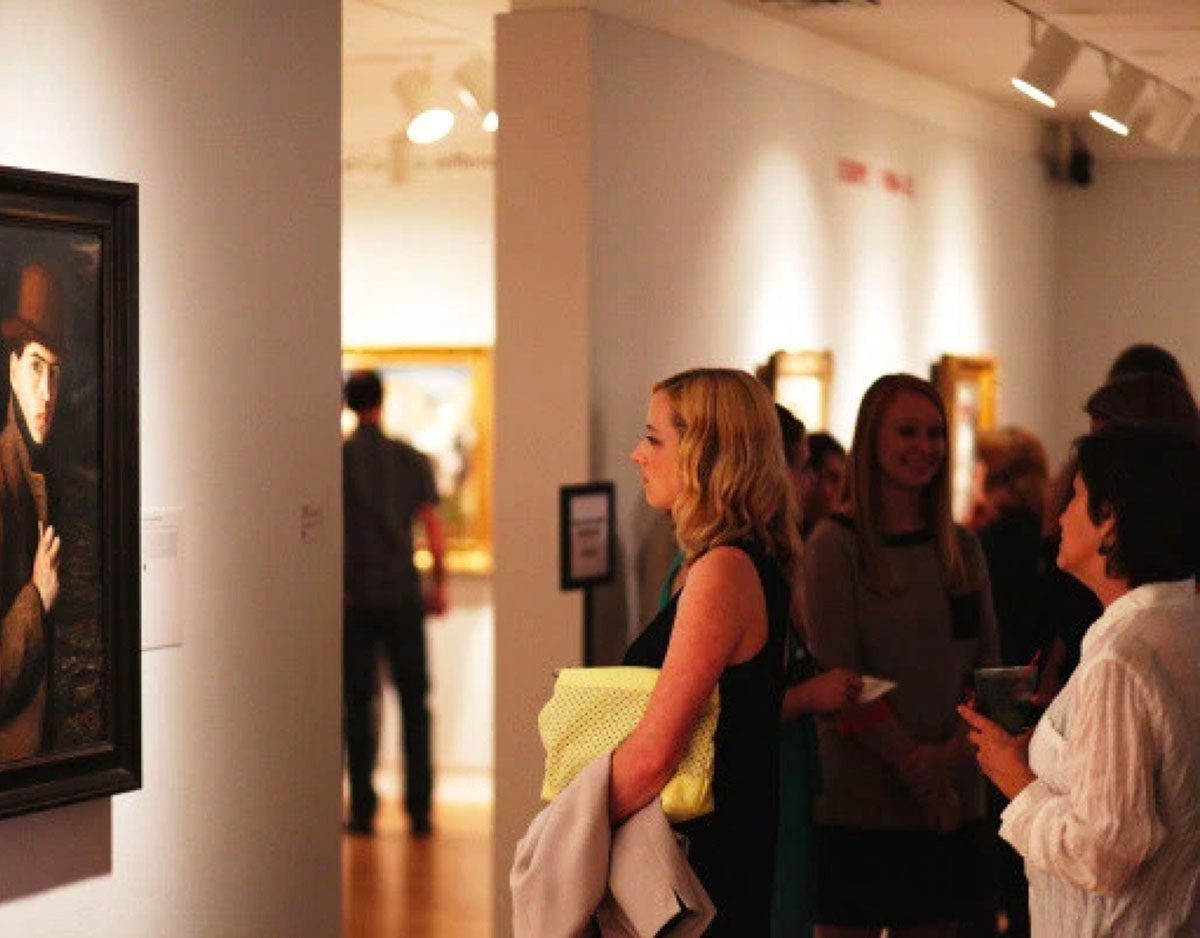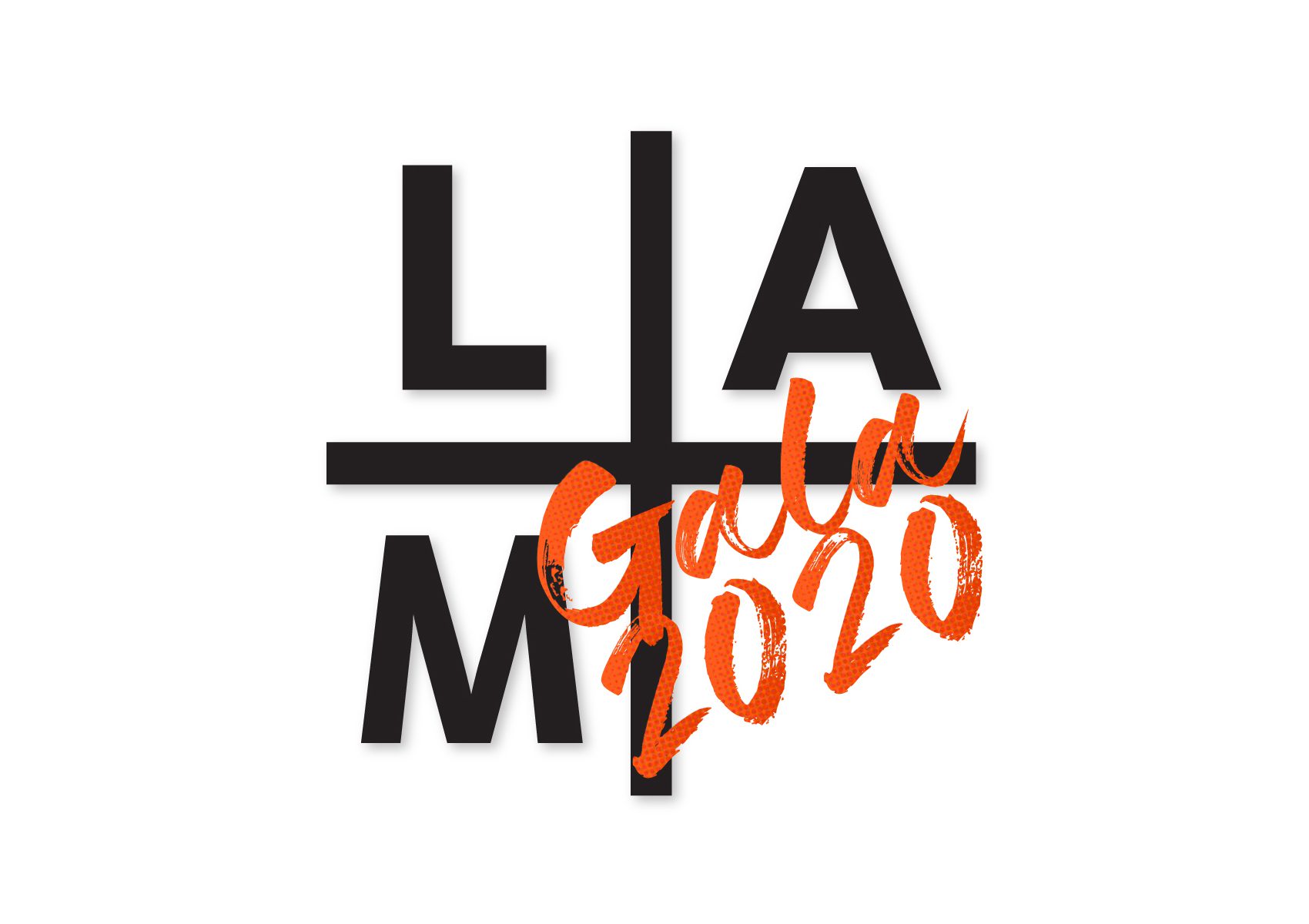Exhibit Overview
Joseph Raphael came to Europe, trained by the Californian academic tenets of his day and formed by the brilliant light and atmosphere of his native landscape. During his first years he divided his time between Paris and the artists’ colony of Laren, near Amsterdam. Living primarily in Laren, he painted mainly figurative compositions set indoors with artificial lighting. By 1910 Raphael set his subjects en plein air.
Able to shift from large- to small-scale formats, he retained vibrancy and richness with broad brushstrokes, whether in the flesh tones, silhouettes, or the overall feeling of openness and accessibility of the images.
By 1912 Joseph Raphael was a married man, residing in the rural suburb of Brussels known as Uccle with his Dutch wife and two toddlers. No longer a member of the bachelor/artists’ club of Laren, he was eager to explore his new surroundings. Often with his young family, he would travel to the tulip countryside of Noordwijk, Holland, a train ride of a few hours from Brussels. There, identifying with the young van Gogh, he positioned himself in the midst of the flowering fields of tulips, hyacinths, or rhododendrons and painted some of his most esteemed landscapes. Having grown up in California with a love of nature, he was in his element, using a range of thickly loaded brushes to convey the sensuous rhythms and sun-filled atmosphere of repeated rows of petals.
Armed with canvas, paints, brushes, and palette, Raphael would prop himself in his garden or in the nearby cherry orchards of Kriekeput and Uccle (Belgium) to capture in oil the light, texture, and fragrance of the flowering fruit trees. He could combine his keen observation of these blossoms with a power of draftsmanship that enabled him to distinguish one view from another, never repeating the same angle of vision or proximity to his subject.
Down the street from his home was the chậteau known as Papekasteel (Pope’s Castle), where Raphael was welcome to paint the stream, trees, and garden. The ponds in the neighborhood, with their weeping willows and billowing poplars, magnetized him, their natural forms and lines creating echoing reflections. His compositions contain parallels of a motif viewed directly in front of the artists and its mirrored patterns delineated below, recalling Mondrian’s landscapes of a few years earlier.

Subscribe To Our Newsletter
Receive news about collections, exhibitions, events, and more.








